Xidazoon stephanus
Xidazoon (Xidazoon stephanus) is an extinct marine species of the Early Cambrian era, and a member of vetulicolians, which are an taxon of the now famous Chengjiang fauna 5). As with Didazoon, Xidazoon belong to the family Didazoonidae. The generic name "Xidazoon" is derived from an abbreviation of Northwest University in Xi'an, China, and species name "stephanus" means "crown" in Greek 4).
The body length of Xidazoon is approximately 85mm 4), and two sections of the body, voluminous anterior part and leaf-like shaped posterior, are neary equal length each other. Although Xidazoon is similar to Didazoon which is the same taxon (family Didazoonidae), the anterior of the farmer is more ovoid. The anterior part is also segmented to six, but the segmental boundaries are less clear 5). The ventral margin is slightly flatten displying keel-like shape 5).
The anterior body has five gill-slits (or pouch-like gills) arraying on the midline of both lateral sides, and each slit is covered with a hood-like structure (or referred to as lappet, cawl) prominating slightly 5). These strucures may have opening into the interior 5). The mouth opening at the terminal end of anterior body has an extremely specific structure, surrounded by inner and outer circlets made with 25 – 30 plates radially arranged 4), 5).
Xidazoon were probably epifaunal (lived on the surface of sediment), and deposit filter feeders 1), 4), 5). Alternatively, they might have been nektobenthic (swimmers near the bottom of the sea), and suspension feeders 2). There are not any evidences or traces which are presumable as grasping or chewing mechanisms of the oral disc 1). The anterior body of the specimen is frequently filled with sediment voluminously 1), 4),5). Together, Xidazoon would have captured deposits or supension with sea water via the oral opening, then filtered organic materials as some nutrients from them. The excess sea water may have been discharged through the gill-slits 3), 5).
Vetulicolians, which Xidazoon is assigned to, have been considered to be arthropods or stem-group deuterostomes 1), 8). Futhermore, they have been interpreted variously in each taxa 1), 8). Although the possibility that the vetulicolians, including Xidazoon, are protostomes still remains 1), and there are also deliberative 1), or skeptical 7) standpoints, most debates accept that the vetulicolians are deuterostomes 2), 8). However, with regard to their phylogenetic position, the debate whether they are the stem-group deuterosomes 3), 5), 6), 8), or the stem-group chordates, especially the sister group to tunicates 2) has not yet reached a conclusion.
References:
- Aldridge RJ, Xian‐Guang H, Sivester DJ, Sivester DJ, Gabbott SE (2007) The systematics and phylogenetix relationships of Vetulicolians. Palaeontology 50: 131-168. (DOI:10.1111/j.1475-4983.2006.00606.x.)
- García-Bellido DC, Lee MSY, Edgecombe GD, Jago JB, Gehling JG, Paterson JR (2014) A new vetulicolian from Australia and its bearing on the chordate affinities of an enigmatic Cambrian group. BMC Evol Biol 14, 214. (DOI:10.1186/s12862-014-0214-z.)
- Ou Q, Conway Morris S, Han J, Zhang Z, Liu J, Chen A, Zhang X, Shu D (2012) Evidence for gill slits and a pharynx in Cambrian vetulicolians: implications for the early evolution of deuterostomes. BMC Biol 10, 81. (DOI:10.1186/1741-7007-10-81.)
- Shu D, Conway Morris S, Zhang XL, Chen L, Li Y, Han J (1999) A pipiscid-like fossil from the Lower Cambrian of south China. [abstract] Nature 400(6): 747-749. (DOI: 10.1038/23445 .) (The full-text was referred to ResearchGate.)
- Shu DG, Conway Morris S, Han J, Chen L, Zhang XL, Zhang ZF, Liu HQ, Liu JN (2001) Primitive deuterostomes from the Chengjiang Lagerstätte (Lower Cambrian, China). [abstract] Nature 414: 419-424. (DOI:10.1038/35106514.) (The full-text was referred to ResearchGate.)
- Shu DG, Conway Morris S, Zhang ZF, Han J (2010) The earliest history of the deuterostomes:the importance of the Chengjiang Fossil-Lagerstätte. Proc. R. Soc. B 277:165-174. (DOI:10.1098/rspb.2009.0646.)
- Swalla BJ, Smith AB (2008) Deciphering deuterostome phylogeny: molecular, morphological and palaeontological perspectives. Phil. Trans. R. Soc. B 363:1557–1568. (DOI:10.1098/rstb.2007.2246.)
- Vinther J, Smith MP, Harper DAT (2011) Vetulicolians from the Lower Cambrian Sirius Passet Lagerstätte, North Greenland, and the polarity of morphological characters in basal deuterostomes. Palaeontology 54: 711-719. (DOI:10.1111/j.1475-4983.2011.01034.x.)

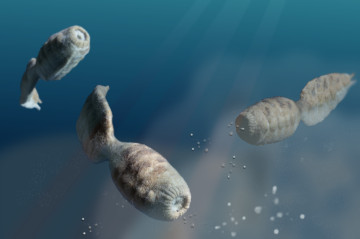
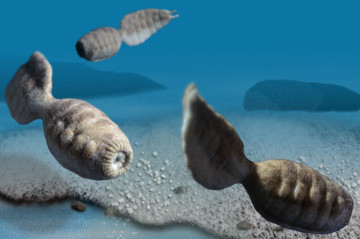
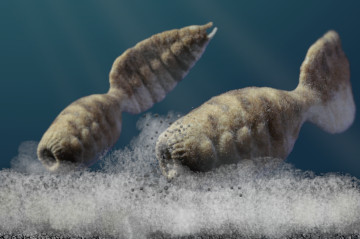
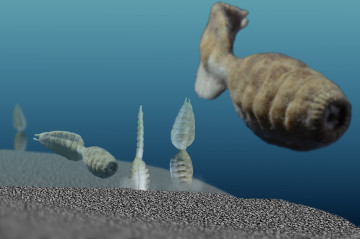
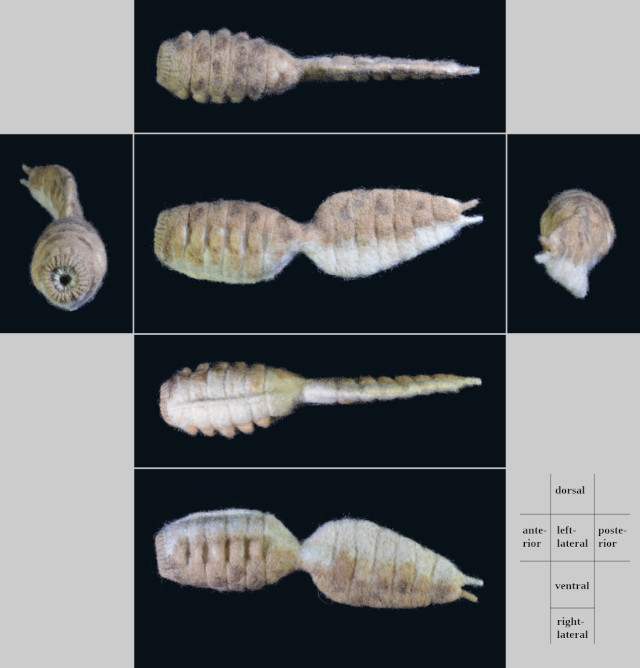
re-created in December 2020 - March 2021.